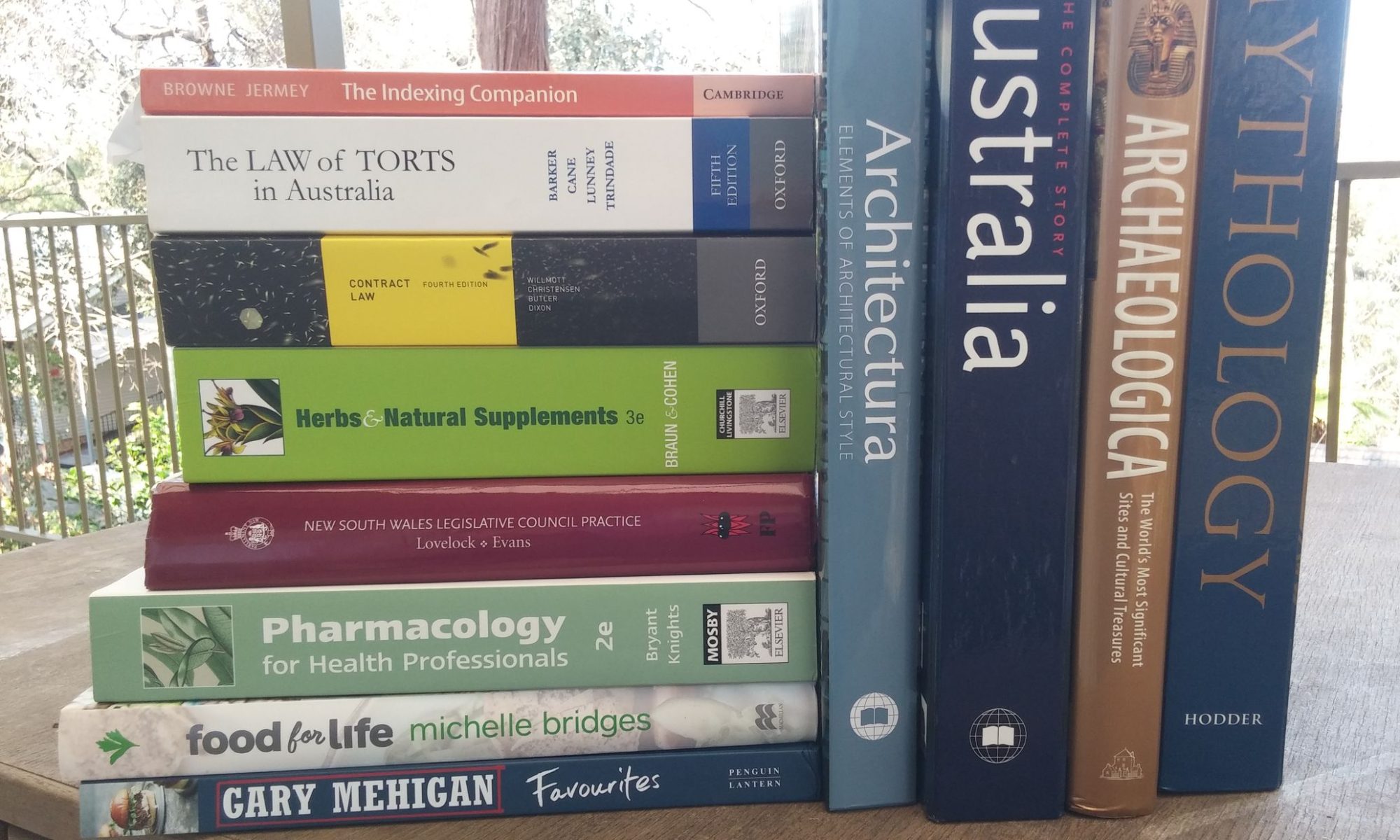2008
A Collector’s Year – UNSW Press
Accounting: An Introduction – Pearson
Antarctica – Global
Architectura – Global
Australian Federal Police Annual Report 2008 – Wordwallah
Basic Personal Counselling – Pearson
Beaver! – the Steve Menzies Story – Allen & Unwin
Bureaucrats and Bleeding Hearts – UNSW
Business Statistics – Pearson
Bye-Bye, Charlie – UNSW
Calculating Political Risk – UNSW Press
CommCare Annual Report 2008 – WordWallah
Current Family Law journal
Edible Plants – Global
Experimental Music – UNSW Press
Ian Fairweather
Jazz – UNSW Press
Law In Perspective – UNSW Press
Leo ‘Rumpole’ McKern – UNSW Press
LexisNexis Study Guide: Business Law
Little Green Grammar Book – UNSW Press
Manage Budgets and Finance – Pearson
NSW Chief Health Officer’s Report
NSW Legislative Council Practice Manual
Online Currents
Parenting Heart to Heart – ABC Books
Pocket guide to chest X-rays
Politics in the Blood: the Anthonys of Richmond – UNSW Press
Putting Queensland on the Map – UNSW Press
Screen Media – Allen & Unwin
Seacare Annual Report 2008 – Wordwallah
Special – the Holden Story – Allen & Unwin
SRCC Annual Report 2008 – WordWallah
Strategic Sport Marketing – Allen & Unwin
Tasmania’s Wilderness Battles – Allen & Unwin
The F Word – UNSW Press
Up on the Hill – UNSW Press
Volatile Substance Misuse Report – WordWallah
Vote for Me – UNSW Press
Who Stole My Mojo – Allen & Unwin
Women Transported
